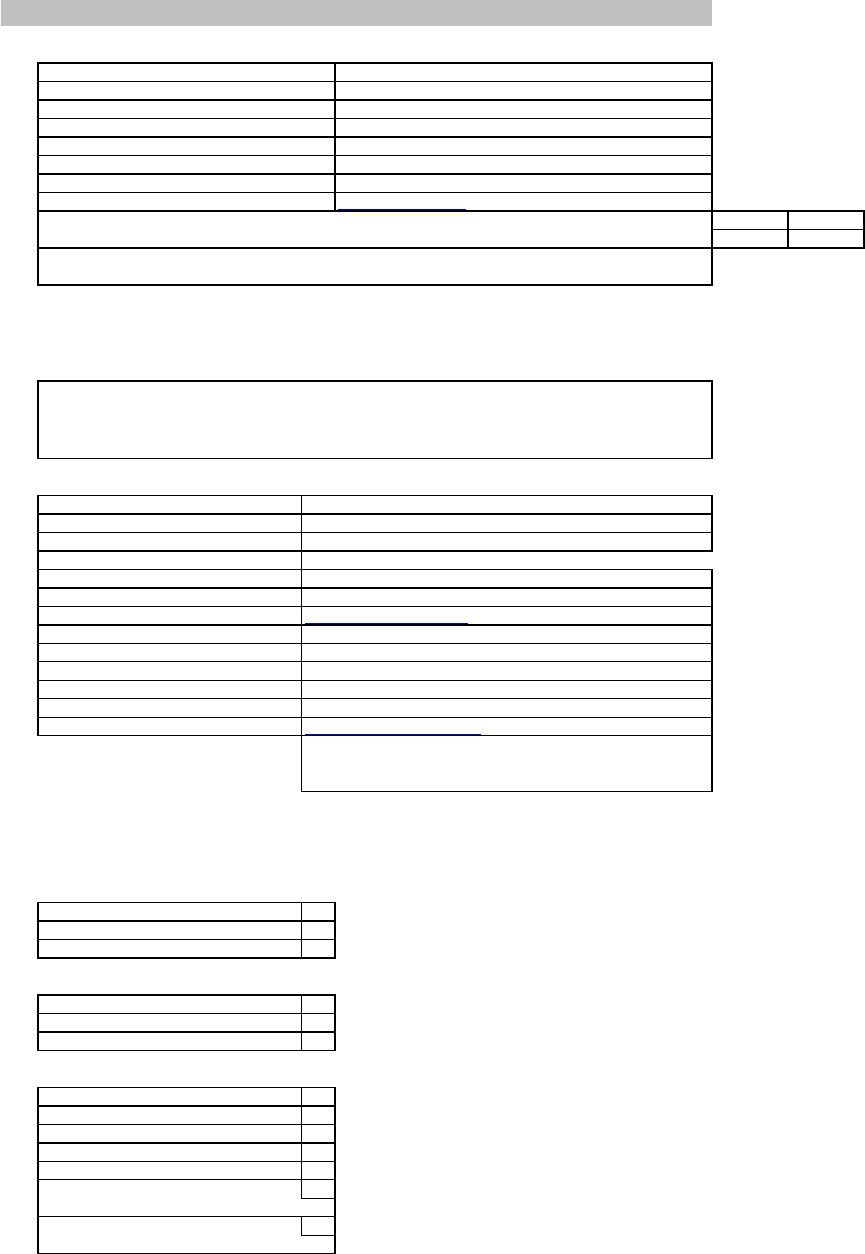
Common Data Set 2015-2016
A0
Respondent Information (Not for Publication)
A0
Name:
Ernesto Henriquez
A0
Title:
Director of Institutional Research
A0
Office:
Office of Institutional Assessment & Effectiveness
A0
Mailing Address:
108 Ravine Pkwy
A0
City/State/Zip/Country:
Oneonta, NY 13820, USA
A0
Phone:
607.436.2857
A0
Fax:
607.436.5843
A0
Are your responses to the CDS posted for reference on your institution's Web site? Yes No
X
A0
If yes, please provide the URL of the corresponding Web page:
A0A
A1
Address Information
A1
Name of College/University:
A1
Mailing Address:
A1
City/State/Zip/Country:
A1
Street Address (if different):
A1
City/State/Zip/Country:
A1
Main Phone Number:
A1
WWW Home Page Address:
A1
Admissions Phone Number:
A1
Admissions Toll-Free Phone Number:
A1
Admissions Office Mailing Address:
A1
City/State/Zip/Country:
A1
Admissions Fax Number:
A1
Admissions E-mail Address:
A1
If there is a separate URL for your
school’s online application, please
specify: ______________
A1
If you have a mailing address other
than the above to which applications
should be sent, please provide:
A2
A2
Public
X
A2
Private (nonprofit)
A2
Proprietary
A3
Classify your undergraduate institution:
A3
Coeducational college
X
A3
Men's college
A3
Women's college
A4
Academic year calendar:
A4
Semester
X
A4
Quarter
A4
Trimester
A4
4-1-4
A4
Continuous
A4
Differs by program (describe):
A4
Other (describe):
A5
Degrees offered by your institution:
Source of institutional control (Check only one):
800-SUNY123
116 Alumni Hall
Oneonta, NY 13820, USA
607.436.3074
admissions@oneonta.edu
SUNY Application Service Center
PO Box 22007
Albany NY 12201-2007
108 Ravine Pkwy.
Oneonta, NY 13820, USA
607.4326.2524
http://suny.oneonta.edu/
607.436.2524
A. General Information
We invite you to indicate if there are items on the CDS for which you cannot use the requested
analytic convention, cannot provide data for the cohort requested, whose methodology is unclear,
or about which you have questions or comments in general. This information will not be published
but will help the publishers further refine CDS items.
SUNY Oneonta
CDS-A Page 1
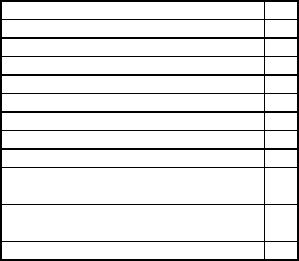
Common Data Set 2015-2016
A5
Certificate
A5
Diploma
A5
Associate
A5
Transfer Associate
A5
Terminal Associate
A5
Bachelor's
X
A5
Postbachelor's certificate
X
A5
Master's
X
A5
Post-master's certificate
X
A5
Doctoral degree
research/scholarship
A5
Doctoral degree –
professional practice
A5
Doctoral degree -- other
A5
Doctoral degree -- other
CDS-A Page 2
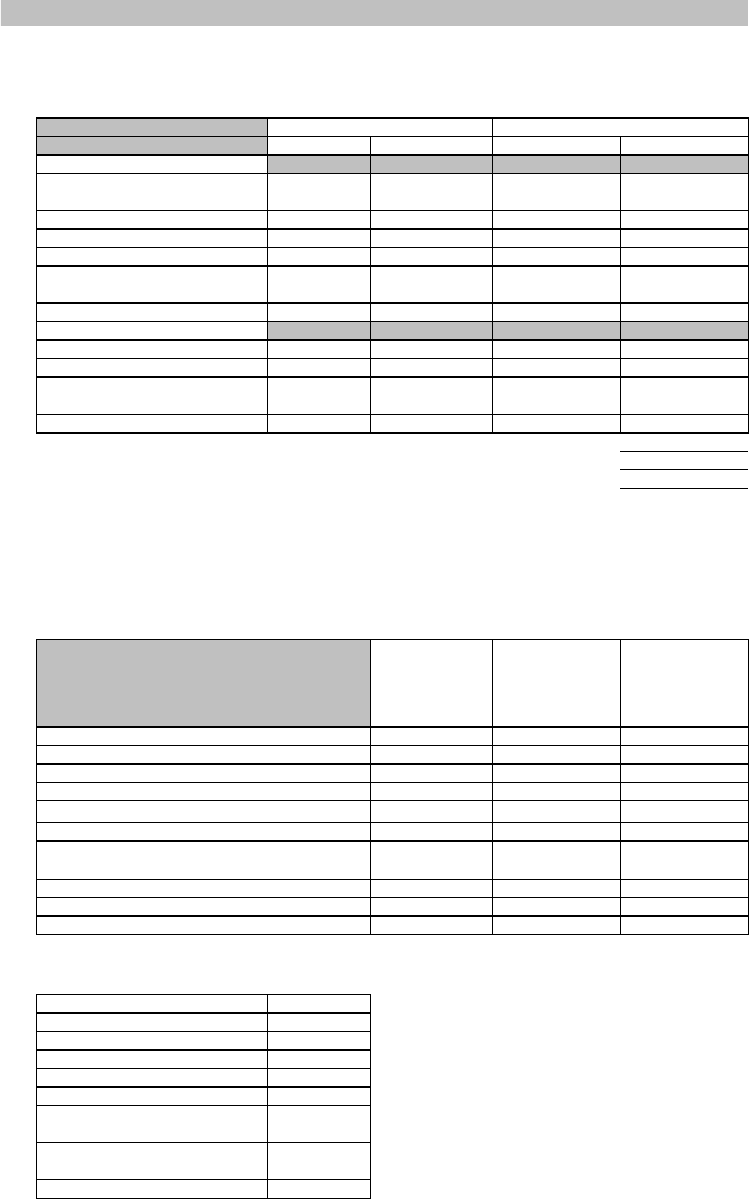
Common Data Set 2015-2016
11,650
B1
B1
B1
Men Women Men Women
B1
Undergraduates
B1
Degree-seeking, first-time
freshmen
398 732 0 0
B1
Other first-year, degree-seeking
0 0 0 0
B1
All other degree-seeking
1,877 2,740 45 33
B1
Total degree-seeking 2,275 3,472 45
33
B1
All other undergraduates enrolled
in credit courses
5 2 9 9
B1
Total undergraduates 2,280 3,474 54
42
B1
Graduate
B1
Degree-seeking, first-time
13 44 2 6
B1
All other degree-seeking
18 47 28 96
B1
All other graduates enrolled in
credit courses
0 0 7 8
B1
Total graduate 31 91 37 110
B1
5,850
B1
269
B1
6,119
B2
B2
Degree-Seeking
First-Time
First Year
Degree-Seeking
Undergraduates
(include first-time
first-year)
Total
Undergraduates
(both degree- and
non-degree-
seeking)
B2
14 71 72
B2
139 633 634
B2
31 198 199
B2
870 4,571 4,582
B2
3 11
11
B2
34 121
121
B2
1 4 4
B2
27 120 121
B2
11 96 106
B2
1,130 5,825 5,850
Persistence
B3
Number of degrees awarded from July 1, 2014 to June 30, 2015
B3
Certificate/diploma 2
B3
Associate degrees
B3
Bachelor's degrees 1438
B3
Postbachelor's certificates
B3
Master's degrees 108
B3
Post-Master's certificates 2
B3
Doctoral degrees –
research/scholarship
B3
Doctoral degrees – professional
practice
B3
Doctoral degrees – other
Graduation Rates
TOTAL
White, non-Hispanic
American Indian or Alaska Native, non-Hispanic
Asian, non-Hispanic
Native Hawaiian or other Pacific Islander, non-
Hispanic
Two or more races, non-Hispanic
Race and/or ethnicity unknown
GRAND TOTAL ALL STUDENTS
Enrollment by Racial/Ethnic Category. Provide numbers of undergraduate students for each of the
following categories as of the institution's official fall reporting date or as of October 15, 2015.
Include international students only in the category "Nonresident aliens." Complete the "Total
Undergraduates" column only if you cannot provide data for the first two columns. Report as your
institution reports to IPEDS: persons who are Hispanic should be reported only on the Hispanic
line, not under any race, and persons who are non-Hispanic multi-racial should be reported only
under "Two or more races."
Nonresident aliens
Hispanic/Latino
Black or African American, non-Hispanic
B. ENROLLMENT AND PERSISTENCE
Institutional Enrollment - Men and Women Provide numbers of students for each of the following
categories as of the institution's official fall reporting date or as of October 15, 2015. Note: Report
students formerly designated as “first professional” in the graduate cells.
FULL-TIME
PART-TIME
Total all undergraduates
Total all graduate
CDS-B Page 3

Common Data Set 2015-2016
Fall 2009 Cohort
B4
1,124
B5
B6
1,124
B7
636
B8
166
B9
8
B10
810
B11
72%
Fall 2008 Cohort
B4
1,018
B5
B6
1,018
B7
568
B8
171
B9
8
B10
747
Of the initial 2008 cohort, how many completed the program in more than four years
but in five years or less (after August 31, 2012 and by August 31, 2013):
Of the initial 2008 cohort, how many completed the program in more than five years
but in six years or less (after August 31, 2013 and by August 31, 2014):
Total graduating within six years (sum of questions B7, B8, and B9):
Six-year graduation rate for 2009 cohort (question B10 divided by question B6):
Report for the cohort of full-time first-time bachelor's (or equivalent) degree-seeking undergraduate
students who entered in Fall 2008. Include in the cohort those who entered your institution during the
summer term preceding Fall 2008.
Initial 2008 cohort of first-time, full-time bachelor's (or equivalent) degree-seeking
undergraduate students; total all students:
Of the initial 2008 cohort, how many did not persist and did not graduate for the
following reasons: death, permanent disability, service in the armed forces, foreign
aid service of the federal government, or official church missions; total allowable
exclusions:
Final 2008 cohort, after adjusting for allowable exclusions: (subtract question B5 from
question B4)
Of the initial 2008 cohort, how many completed the program in four years or less (by
August 31, 2012):
Of the initial 2009 cohort, how many did not persist and did not graduate for the
following reasons: death, permanent disability, service in the armed forces, foreign
aid service of the federal government, or official church missions; total allowable
exclusions:
Final 2009 cohort, after adjusting for allowable exclusions: (subtract question B5 from
question B4)
Of the initial 2009 cohort, how many completed the program in four years or less (by
August 31, 2013):
Of the initial 2009 cohort, how many completed the program in more than four years
but in five years or less (after August 31, 2013 and by August 31, 2014):
Of the initial 2009 cohort, how many completed the program in more than five years
but in six years or less (after August 31, 2014 and by August 31, 2015):
Total graduating within six years (sum of questions B7, B8, and B9):
The items in this section correspond to data elements collected by the IPEDS Web-based Data
Collection System's Graduation Rate Survey (GRS). For complete instructions and definitions of data
elements, see the IPEDS GRS instructions and glossary on the 2015 Web-based survey.
For Bachelor's or Equivalent Programs
Please provide data for the Fall 2009 cohort if available. If Fall 2009 cohort data are
not available, provide data for the Fall 2008 cohort.
Report for the cohort of full-time first-time bachelor's (or equivalent) degree-seeking undergraduate
students who entered in Fall 2009. Include in the cohort those who entered your institution during the
summer term preceding Fall 2009.
Initial 2009 cohort of first-time, full-time bachelor's (or equivalent) degree-seeking
undergraduate students; total all students:
CDS-B Page 4

Common Data Set 2015-2016
B11
73%
For Two-Year Institutions
2012 Cohort
B12
B13
B14
0
B15
B16
B17
B18
B19
B20
B21
2011 Cohort
B12
B13
B14
0
B15
B16
B17
B18
B19
B20
B21
Retention Rates
B22
86.00%
Total transfers to four-year institutions:
Report for the cohort of all full-time, first-time bachelor’s (or equivalent) degree-seeking undergraduate
students who entered in Fall 2014 (or the preceding summer term). The initial cohort may be adjusted for
students who departed for the following reasons: death, permanent disability, service in the armed
forces, foreign aid service of the federal government or official church missions. No other adjustments to
the initial cohort should be made.
For the cohort of all full-time bachelor’s (or equivalent) degree-seeking undergraduate
students who entered your institution as freshmen in Fall 2014 (or the preceding
summer term), what percentage was enrolled at your institution as of the date your
institution calculates its official enrollment in Fall 2015?
Completers of programs of less than two years duration (total):
Completers of programs of less than two years within 150 percent of normal time:
Completers of programs of at least two but less than four years (total):
Completers of programs of at least two but less than four-years within 150 percent of
normal time:
Total transfers-out (within three years) to other institutions:
Total transfers to two-year institutions:
Total transfers-out (within three years) to other institutions:
Total transfers to two-year institutions:
Total transfers to four-year institutions:
Initial 2011 cohort, total of first-time, full-time degree/certificate-seeking students:
Of the initial 2011 cohort, how many did not persist and did not graduate for the
following reasons: death, permanent disability, service in the armed forces, foreign
aid service of the federal government, or official church missions; total allowable
exclusions:
Final 2011 cohort, after adjusting for allowable exclusions (Subtract question B13
from question B12):
Of the initial 2012 cohort, how many did not persist and did not graduate for the
following reasons: death, permanent disability, service in the armed forces, foreign
aid service of the federal government, or official church missions; total allowable
exclusions:
Final 2012 cohort, after adjusting for allowable exclusions (Subtract question B13
from question B12):
Completers of programs of less than two years duration (total):
Completers of programs of less than two years within 150 percent of normal time:
Completers of programs of at least two but less than four years (total):
Completers of programs of at least two but less than four-years within 150 percent of
normal time:
Six-year graduation rate for 2008 cohort (question B10 divided by question B6):
Please provide data for the 2012 cohort if available. If 2012 cohort data are not
available, provide data for the 2011 cohort.
Initial 2012 cohort, total of first-time, full-time degree/certificate-seeking students:
CDS-B Page 5
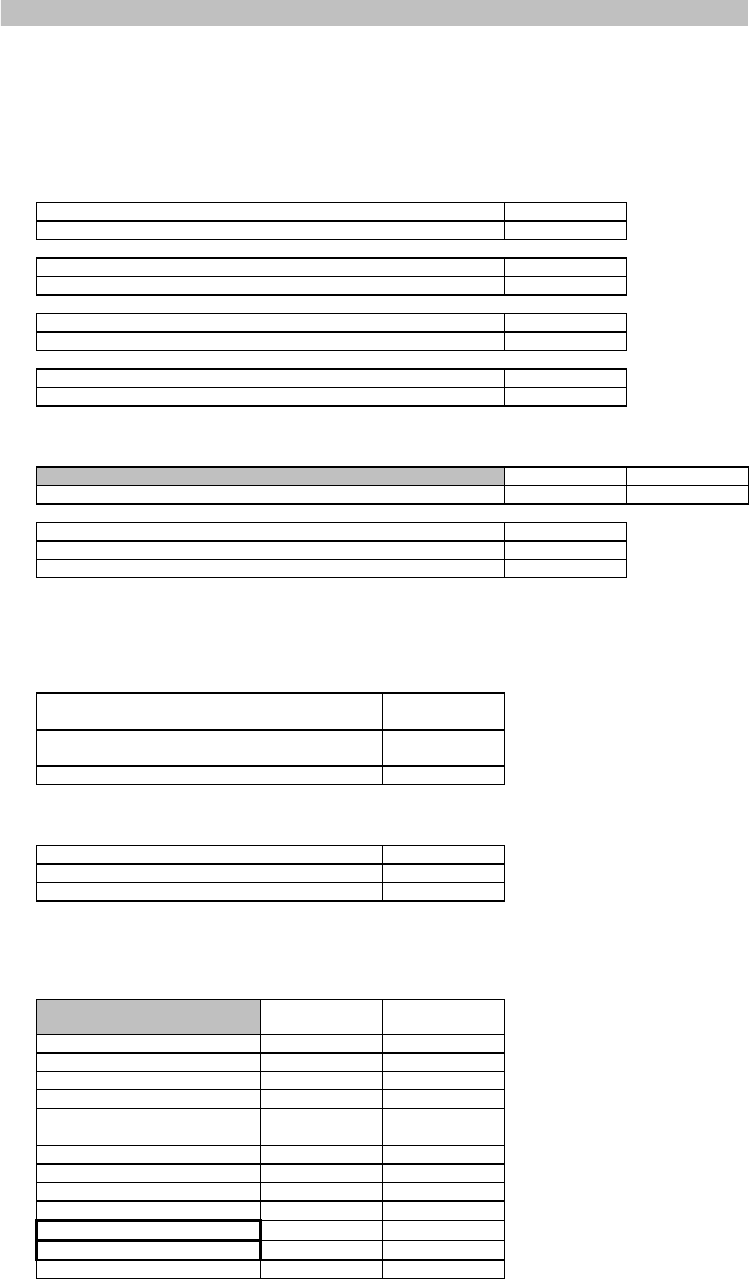
Common Data Set 2015-2016
Applications
C1
C1
4541
C1
6886
C1
2070
C1
3497
C1
398
C1
0
C1
732
C1
0
C2
Yes No
C2
x
C2
C2
C2
C2
C2
Is your waiting list ranked?
C2
C2
Admission Requirements
C3
High school completion requirement
C3
x
C3
C3
C4
C4
x
C4
C4
C5
C5
Units
Required
Units
Recommended
C5
Total academic units 19
C5
English 4
C5
Mathematics 4
C5
Science 4
C5
Of these, units that must be
lab
All
C5
Foreign language 3 4
C5
Social studies 4
C5
History
C5
Academic electives
C5
Computer Science
C5
Visual/Performing Arts
C5
Other (specify)
Recommend
Neither require nor recommend
Distribution of high school units required and/or recommended. Specify the distribution of academic
high school course units required and/or recommended of all or most degree-seeking students using
Carnegie units (one unit equals one year of study or its equivalent). If you use a different system for
calculating units, please convert.
Do you release that information to school counselors?
High school diploma is required and GED is
accepted
High school diploma is required and GED is not
accepted
High school diploma or equivalent is not required
Does your institution require or recommend a general college-preparatory program for degree-
seeking students?
Require
Do you have a policy of placing students on a waiting list?
If yes, please answer the questions below for Fall 2015 admissions:
Number of qualified applicants offered a place on waiting list
Number accepting a place on the waiting list
Number of wait-listed students admitted
If yes, do you release that information to students?
Total full-time, first-time, first-year (freshman) men who enrolled
Total part-time, first-time, first-year (freshman) men who enrolled
Total full-time, first-time, first-year (freshman) women who enrolled
Total part-time, first-time, first-year (freshman) women who enrolled
Freshman wait-listed students (students who met admission requirements but whose final
admission was contingent on space availability)
C. FIRST-TIME, FIRST-YEAR (FRESHMAN) ADMISSION
First-time, first-year, (freshmen) students: Provide the number of degree-seeking, first-time, first-
year students who applied, were admitted, and enrolled (full- or part-time) in Fall 2015. Include
early decision, early action, and students who began studies during summer in this cohort.
Applicants should include only those students who fulfilled the requirements for consideration
for admission (i.e., who completed actionable applications) and who have been notified of one of
the following actions: admission, nonadmission, placement on waiting list, or application
withdrawn (by applicant or institution). Admitted applicants should include wait-listed students
Total first-time, first-year (freshman) men who applied
Total first-time, first-year (freshman) women who applied
Total first-time, first-year (freshman) men who were admitted
Total first-time, first-year (freshman) women who were admitted
CDS-C Page 6
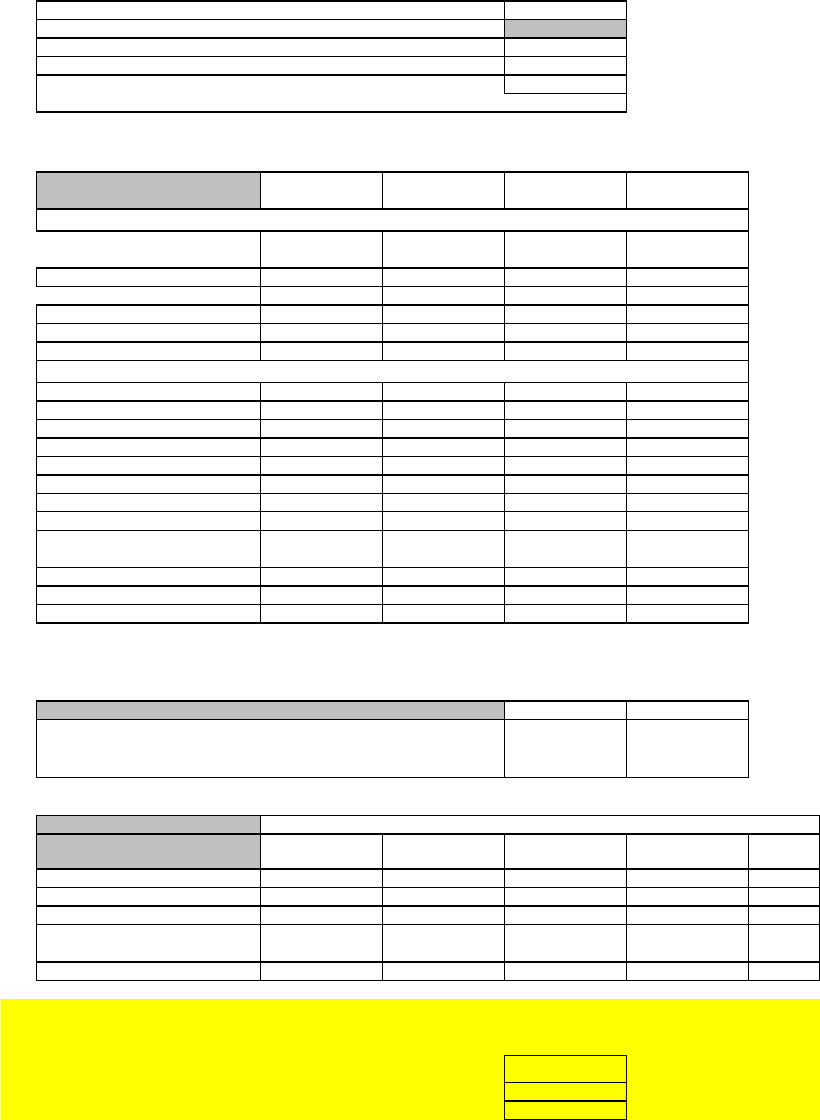
Common Data Set 2015-2016
Basis for Selection
C6
C6
C6
C6
C6
C6
C7
C7
Very Important Important Considered Not Considered
C7
Academic
C7
Rigor of secondary school
record
x
C7
Class rank x
C7
Academic GPA
x
C7
Standardized test scores x
C7
Application Essay x
C7
Recommendation(s) x
C7
Nonacademic
C7
Interview x
C7
Extracurricular activities x
C7
Talent/ability x
C7
Character/personal qualities x
C7
First generation x
C7
Alumni/ae relation x
C7
Geographical residence x
C7
State residency x
C7
Religious
affiliation/commitment
x
C7
Racial/ethnic status x
C7
Volunteer work x
C7
Work experience x
C7
Level of applicant’s interest x
SAT and ACT Policies
C8
Entrance exams
Yes No
C8A
x
C8A
C8A
C8A
Require Recommend Require for Some
Consider if
Submitted
Not
Used
C8A
SAT or ACT x
C8A
ACT only
C8A
SAT only
C8A
SAT and SAT Subject Tests or
ACT
C8A
SAT Subject Tests only
C8B
C8B
C8B
C8B
x
ACT with or without writing accepted
Does your institution make use of SAT, ACT, or SAT Subject Test
scores in admission decisions for first-time, first-year, degree-
seeking applicants?
If yes, place check marks in the appropriate boxes below to reflect your institution’s policies for use in
admission for Fall 2017.
ADMISSION
If your institution will make use of the ACT in admission decisions for first-time, first-year, degree-seeking
applicants for Fall 2017, please indicate which ONE of the following applies: (regardless of whether the writing
score will be used in the admissions process):
ACT with writing required
ACT with writing recommended
selective admission for out-of-state students
selective admission to some programs
other (explain)
Relative importance of each of the following academic and nonacademic factors in first-time, first-
year, degree-seeking (freshman) admission decisions.
Do you have an open admission policy, under which virtually all secondary school graduates or students
with GED equivalency diplomas are admitted without regard to academic record, test scores, or other
qualifications? If so, check which applies:
Open admission policy as described above for all students
Open admission policy as described above for most students, but--
CDS-C Page 7
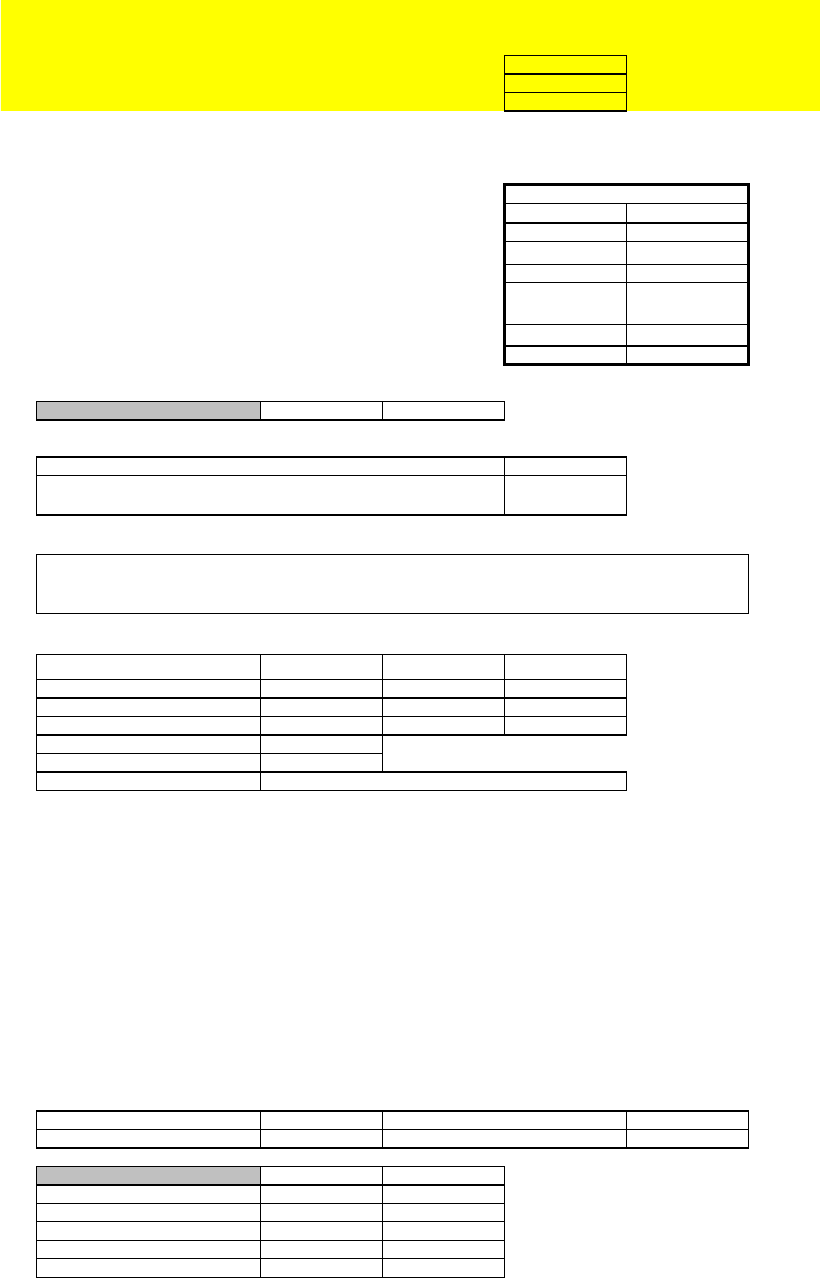
Common Data Set 2015-2016
C8B
C8B
C8B
C8B
x
C8C
C8C
SAT essay ACT essay
C8C
For admission
C8C
For placement
C8C
For advising
C8C
In place of an application essay
C8C
As a validity check on the
application essay
C8C
No college policy as of now
x x
C8C
Not using essay component
x x
C8D
C8D
Yes No
x
C8E
June
C8E
July
C8F
C8F
C8G
C8G
SAT x
C8G
ACT x
C8G
SAT Subject Tests
C8G
AP
C8G
CLEP
C8G
Institutional Exam
C8G
State Exam (specify):
Freshman Profile
C9
C9
Percent submitting SAT scores
88% 994
C9
Percent submitting ACT scores
42% 476
C9
25th Percentile 75th Percentile
C9
SAT Critical Reading 490 580
C9
SAT Math 510 590
SAT Writing
SAT Essay
C9
ACT Composite 22 25
Number submitting ACT scores
Please indicate which tests your institution uses for placement (e.g., state tests):
Provide percentages for ALL enrolled, degree-seeking, full-time and part-time, first-time, first-year
(freshman) students enrolled in Fall 2015, including students who began studies during summer,
international students/nonresident aliens, and students admitted under special arrangements.
Percent and number of first-time, first-year (freshman) students enrolled in Fall 2015 who
submitted national standardized (SAT/ACT) test scores. Include information for ALL enrolled,
degree-seeking, first-time, first-year (freshman) students who submitted test scores. Do not
include partial test scores (e.g., mathematics scores but not critical reading for a category of
students) or combine other standardized test results (such as TOEFL) in this item. Do not convert
SAT scores to ACT scores and vice versa. The 25th percentile is the score that 25 percent scored
at or below; the 75th percentile score is the one that 25 percent scored at or above.
Number submitting SAT scores
SAT with or without Essay component accepted
Please indicate how your institution will use the SAT or ACT writing component; check all that apply:
In addition, does your institution use applicants' test scores for academic advising?
Latest date by which SAT or ACT scores must be received for fall-
Latest date by which SAT Subject Test scores must be received for
fall-term admission
If necessary, use this space to clarify your test policies (e.g., if tests are recommended for some
If your institution will make use of the SAT in admission decisions for first-time, first-year, degree-seeking
for Fall 2017 please indicate which ONE of the following applies (regardless of whether the Essay score will be used
in the admissions process:
SAT with Essay component required
SAT with Essay component recommended
CDS-C Page 8
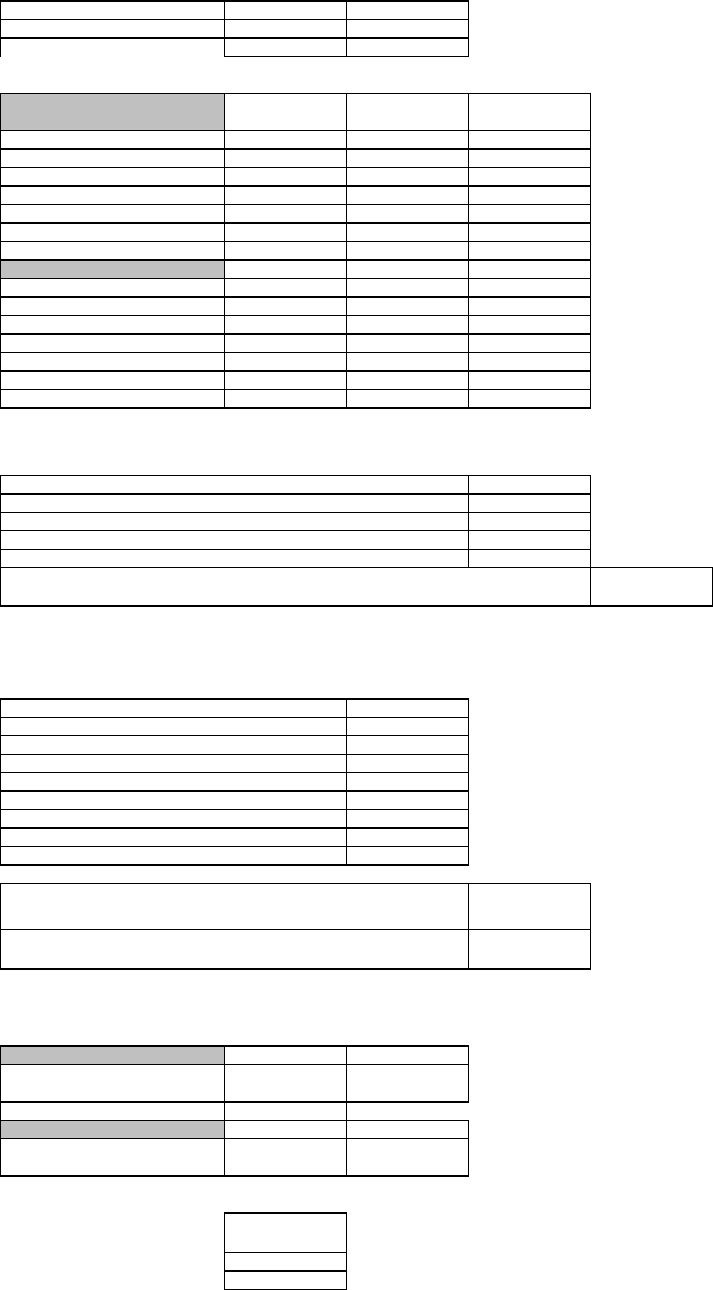
Common Data Set 2015-2016
C9
ACT Math
C9
ACT English
C9
ACT Writing
C9
C9
SAT Critical
Reading
SAT Math SAT Writing
C9
700-800 1.00% 1.00%
C9
600-699 16.00% 21.00%
C9
500-599 58.00% 59.00%
C9
400-499 24.00% 18.00%
C9
300-399 1.00% 1.00%
C9
200-299 0 <1%,
Totals should = 100% 100.00% 100.00% 0.00%
C9
ACT Composite ACT English ACT Math
C9
30-36 2.00%
C9
24-29 49.00%
C9
18-23 48.00%
C9
12-17 1.00%
C9
6-11 0.00%
C9
Below 6 0.00%
Totals should = 100% 100.00% 0.00% 0.00%
C10
C10
C10
C10
Top half +
C10
bottom half = 100%
C10
C10
C11
C11
32.00%
C11
25.00%
C11
31.00%
C11
12.00%
C11
<1%
C11
<1%
C11
0.00%
C11
0.00%
100.00%
C12
3.59
C12
82.00%
Admission Policies
C13
Application Fee
C13
Yes No
C13
Does your institution have an
application fee?
x
C13
Amount of application fee: $50.00
C13
Yes No
C13
Can it be waived for applicants
with financial need?
x
C13
C13
Same fee: x
C13
Free:
C13
Reduced:
Totals should = 100%
Average high school GPA of all degree-seeking, first-time, first-year
(freshman) students who submitted GPA:
Percent of total first-time, first-year (freshman) students who
submitted high school GPA:
If you have an application fee and an on-line application option,
Percent who had GPA between 3.25 and 3.49
Percent who had GPA between 3.00 and 3.24
Percent who had GPA between 2.50 and 2.99
Percent who had GPA between 2.0 and 2.49
Percent who had GPA between 1.0 and 1.99
Percent who had GPA below 1.0
Percent in bottom half of high school graduating class
Percent in bottom quarter of high school graduating class
Percent of total first-time, first-year (freshmen) students who submitted high school
class rank:
Percentage of all enrolled, degree-seeking, first-time, first-year (freshman) students who had high school
grade-point averages within each of the following ranges (using 4.0 scale). Report information only for
those students from whom you collected high school GPA.
Percent who had GPA of 3.75 and higher
Percent who had GPA between 3.50 and 3.74
Percent of first-time, first-year (freshman) students with scores in each range:
Percent of all degree-seeking, first-time, first-year (freshman) students who had high school class rank
within each of the following ranges (report information for those students from whom you collected high
school rank information).
Percent in top tenth of high school graduating class
Percent in top quarter of high school graduating class
Percent in top half of high school graduating class
CDS-C Page 9
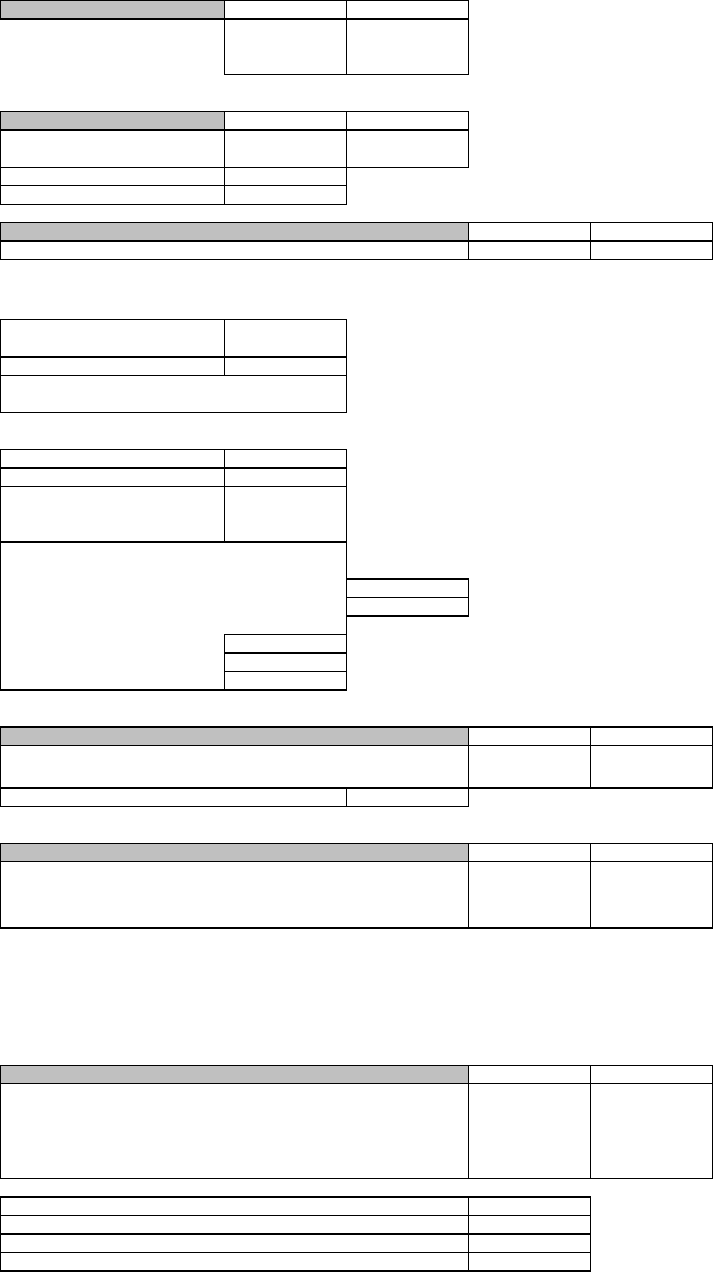
Common Data Set 2015-2016
C13
Yes No
C13
Can on-line application fee be
waived for applicants with
financial need?
x
C14
Application closing date
C14
Yes No
C14
Does your institution have an
application closing date?
x
C14
Application closing date (fall):
C14
Priority date:
C15
Yes No
C15
x
C16
Notification to applicants of admission decision sent (fill in one only)
C16
On a rolling basis beginning
(date):
January 1st
C16
By (date):
C16
Other:
C17
Reply policy for admitted applicants (fill in one only)
C17
Must reply by (date):
C17
No set date:
C17
Must reply by May 1 or within
__30___ weeks if notified
thereafter
x
C17
Other:
C17
5/1
C17
4/9
C17
C17
Yes, in full
1/1
C17
Yes, in part
C17
No
C18
Deferred admission
C18
Yes No
C18
x
C18
one year
C19
Early admission of high school students
C19
Yes No
C19
x
C20
Common Application (Initiated during 2006-2007 cycle)
Early Decision and Early Action Plans
C21
Early Decision
C21
Yes No
C21
x
C21
C21
C21
C21
C21
First or only early decision plan closing date
First or only early decision plan notification date
Other early decision plan closing date
Other early decision plan notification date
Does your institution allow high school students to enroll as full-time,
first-time, first-year (freshman) students one year or more before
high school graduation?
Question removed from CDS.
Does your institution offer an early decision plan (an admission plan
that permits students to apply and be notified of an admission
decision well in advance of the regular notification date and that
asks students to commit to attending if accepted) for first-time, first-
year (freshman) applicants for fall enrollment?
If “yes,” please complete the following:
Deadline for housing deposit (MM/DD):
Amount of housing deposit:
Refundable if student does not enroll?
Does your institution allow students to postpone enrollment after
admission?
If yes, maximum period of postponement:
Are first-time, first-year students accepted for terms other than
CDS-C Page 10
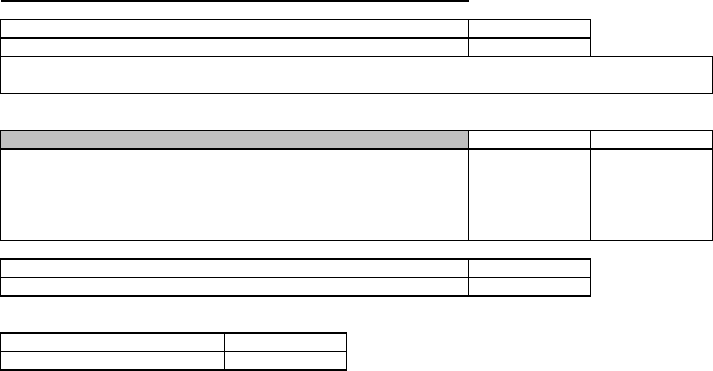
Common Data Set 2015-2016
C21
C21
C21
C21
C22
Early action
C22
Yes No
C22
x
C22
C22
11/15
C22
12/1
C22
C22
Yes No
C22
x
Early action notification date
Is your early action plan a “restrictive” plan under which you limit students from applying to other early plans?
Number of applicants admitted under early decision plan
Please provide significant details about your early decision plan:
Do you have a nonbinding early action plan whereby students are
notified of an admission decision well in advance of the regular
notification date but do not have to commit to attending your
college?
If “yes,” please complete the following:
Early action closing date
For the Fall 2015 entering class:
Number of early decision applications received by your institution
CDS-C Page 11
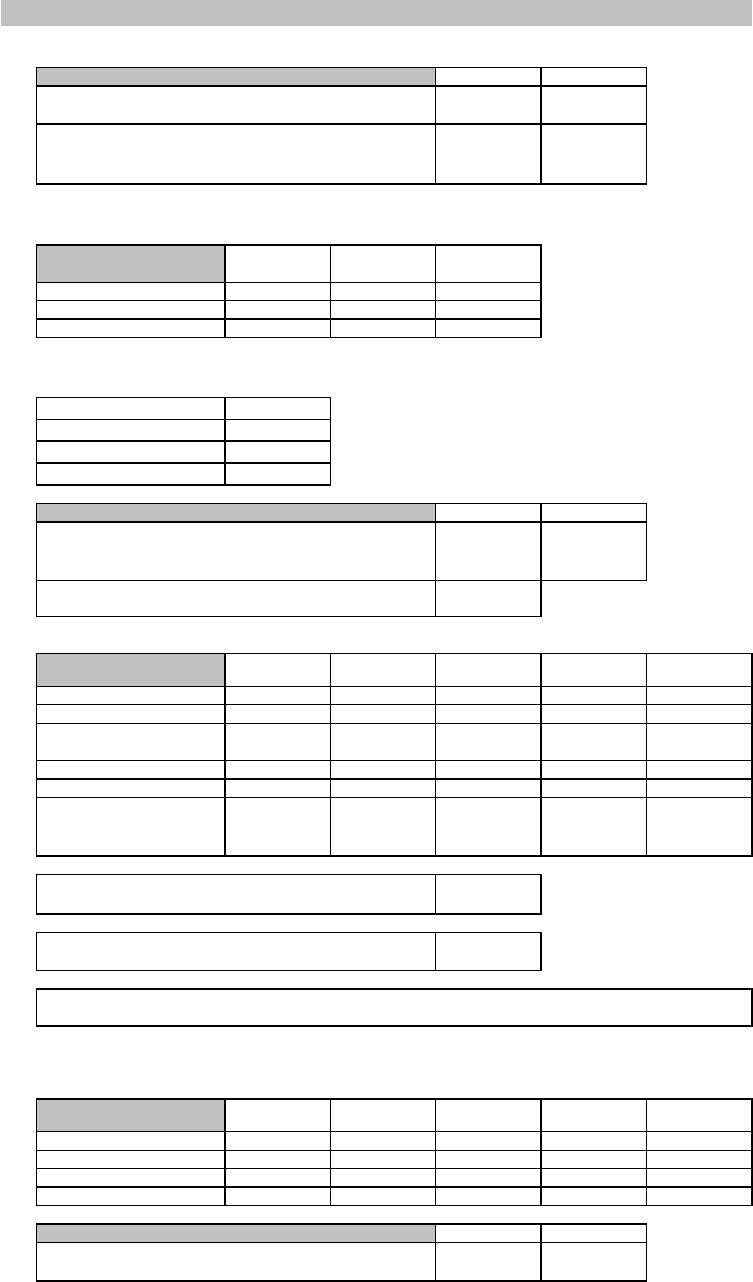
Common Data Set 2015-2016
Fall Applicants
D1
Yes No
D1
x
D1
x
D2
D2
Applicants
Admitted
Applicants
Enrolled
Applicants
D2
Men 995 571 279
D2
Women 1,061 640 280
D2
Total 2,056 1,211 559
D3
D3
Fall
x
D3
Winter
D3
Spring
x
D3
Summer
D4
Yes No
D4
x
D4
D5
D5
Required of All
Recommended
of All
Recommended
of Some
Required of Some Not Required
D5
High school transcript x x
D5
College transcript(s) x
D5
Essay or personal
statement
x x
D5
Interview x
D5
Standardized test scores x
D5
Statement of good
standing from prior
institution(s)
x
D6
D7
2.50
D8
D9
D9
Priority Date Closing Date Notification Date Reply Date
Rolling
Admission
D9
Fall
x
D9
Winter
D9
Spring
x
D9
Summer
D10
Yes No
D10
x
If a minimum college grade point average is required of
transfer applicants, specify (on a 4.0 scale):
List any other application requirements specific to transfer applicants:
List application priority, closing, notification, and candidate reply dates for transfer students. If
applications are reviewed on a continuous or rolling basis, place a check mark in the “Rolling admission”
column.
Does an open admission policy, if reported, apply to
transfer students?
Indicate terms for which transfers may enroll:
Must a transfer applicant have a minimum number of
credits completed or else must apply as an entering
freshman?
If yes, what is the minimum number of credits and the unit
of measure?
Indicate all items required of transfer students to apply for admission:
If a minimum high school grade point average is required
of transfer applicants, specify (on a 4.0 scale):
D. TRANSFER ADMISSION
Does your institution enroll transfer students? (If no,
please skip to Section E)
If yes, may transfer students earn advanced standing
credit by transferring credits earned from course work
completed at other colleges/universities?
Provide the number of students who applied, were admitted, and enrolled as degree-seeking transfer
students in Fall 2015.
Application for Admission
CDS-D Page 12
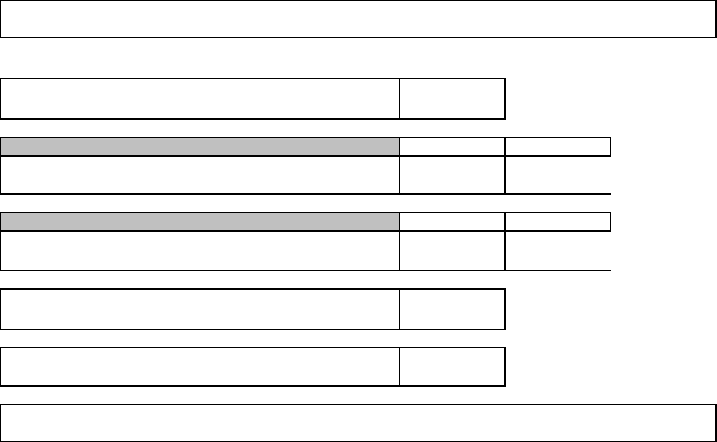
Common Data Set 2015-2016
D11
D12
D13
Number Unit Type
D13
66 Semester Hour
D14
Number Unit Type
D14
77 Semester Hour
D15
D16
45.00
D17
Minimum number of credits that transfers must complete
at your institution to earn an associate degree:
Minimum number of credits that transfers must complete
at your institution to earn a bachelor’s degree:
Describe other transfer credit policies:
Transfer Credit Policies
Report the lowest grade earned for any course that may
be transferred for credit:
Maximum number of credits or courses that may be
transferred from a two-year institution:
Maximum number of credits or courses that may be
transferred from a four-year institution:
Describe additional requirements for transfer admission, if applicable:
CDS-D Page 13
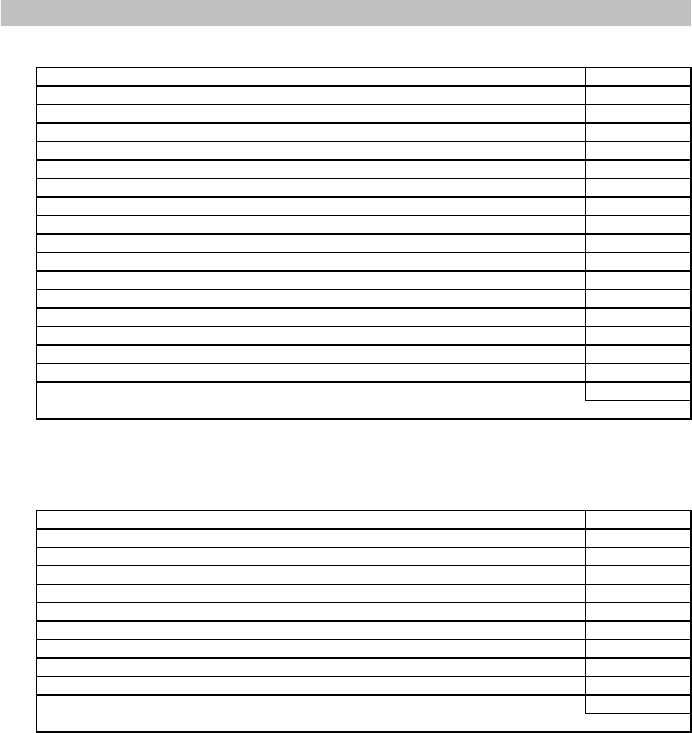
Common Data Set 2015-2016
E1
E1
Accelerated program
E1
Cooperative education program
E1
Cross-registration x
E1
Distance learning x
E1
Double major x
E1
Dual enrollment
E1
English as a Second Language (ESL) x
E1
Exchange student program (domestic)
E1
External degree program
E1
Honors Program
E1
Independent study x
E1
Internships x
E1
Liberal arts/career combination x
E1
Student-designed major
E1
Study abroad x
E1
Teacher certification program x
E1
Weekend college
E1
Other (specify):
E2
This question has been removed from the Common Data Set.
E3
Areas in which all or most students are required to complete some course
work prior to graduation:
E3
Arts/fine arts x
E3
Computer literacy
E3
English (including composition) x
E3
Foreign languages x
E3
History x
E3
Humanities x
E3
Mathematics x
E3
Philosophy
E3
Sciences (biological or physical) x
E3
Social science x
E3
Other (describe):
Library Collections: The CDS Publishers will collect library data again
when a new Academic Libraries Survey is in place.
E. ACADEMIC OFFERINGS AND POLICIES
Special study options: Identify those programs available at your institution. Refer to the
glossary for definitions.
CDS-E Page 14
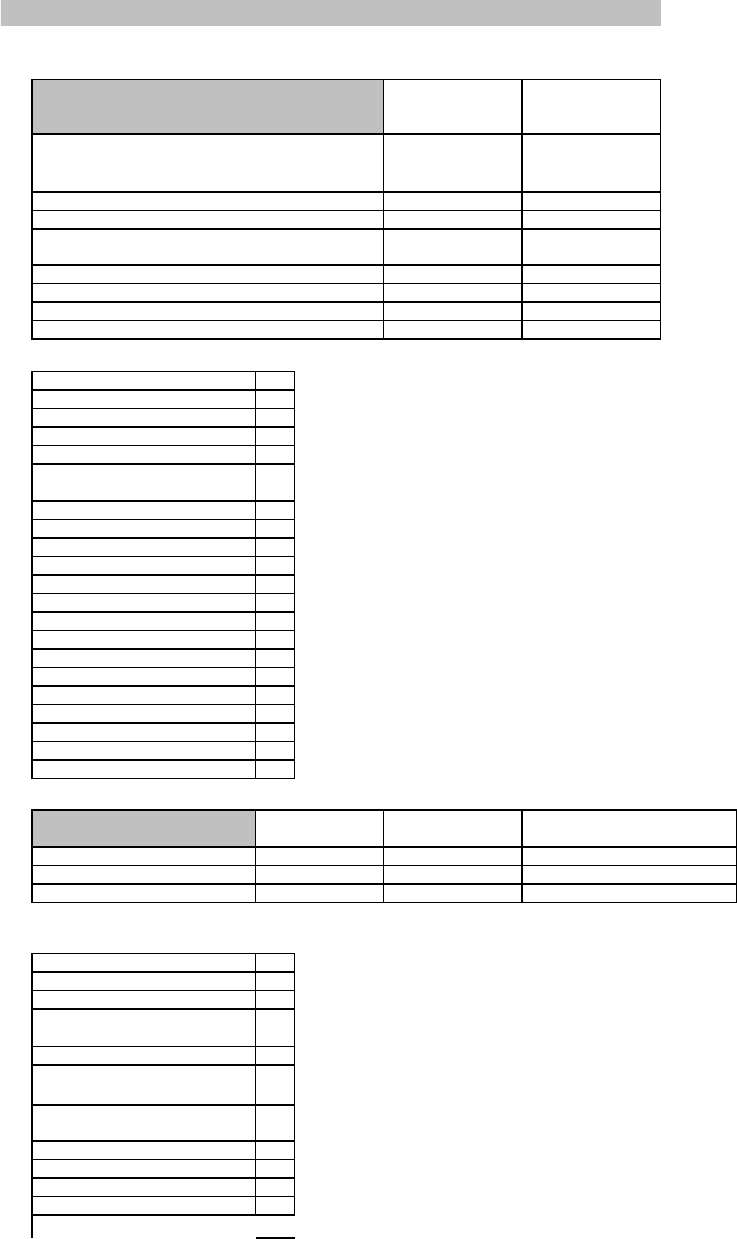
Common Data Set 2015-2016
F1
F1
First-time, first-year
(freshman)
students
Undergraduates
F1
<1%
1.4%
F1
10%
F1
10%
F1
97.5% 57.5%
F1
2.5% 42.5%
F1
0% 2.2%
F1
18 21
F1
18 21
F2
F2
Campus Ministries
x
F2
Choral groups x
F2
Concert band x
F2
Dance x
F2
Drama/theater x
F2
International Student
Organization
x
F2
Jazz band x
F2
Literary magazine x
F2
Marching band
F2
Model UN x
F2
Music ensembles x
F2
Musical theater x
F2
Opera x
F2
Pep band x
F2
Radio station x
F2
Student government x
F2
Student newspaper x
F2
Student-run film society x
F2
Symphony orchestra x
F2
Television station x
F2
Yearbook x
F3
F3
At Cooperating
Institution
F3
Army ROTC is offered:
F3
Naval ROTC is offered:
F3
Air Force ROTC is offered:
F4
F4
Coed dorms x
F4
Men's dorms
F4
Women's dorms
F4
Apartments for married students
F4
Apartments for single students x
F4
Special housing for disabled
students
x
F4
Special housing for international
students
x
F4
Fraternity/sorority housing
F4
Cooperative housing
F4
Theme housing x
F4
Wellness housing
F4
Other housing options (specify):First year living Expericne & Transfer Living Community
Housing: Check all types of college-owned, -operated, or -affiliated housing available for
undergraduates at your institution.
ROTC (program offered in cooperation with Reserve Officers' Training Corps)
On Campus
Name of Cooperating
Institution
Percent who live in college-owned, -operated, or -
affiliated housing
Percent who live off campus or commute
Percent of students age 25 and older
Average age of full-time students
Average age of all students (full- and part-time)
Activities offered Identify those programs available at your institution.
F. STUDENT LIFE
Percentages of first-time, first-year (freshman) degree-seeking students and degree-seeking
undergraduates enrolled in Fall 2015 who fit the following categories:
Percent who are from out of state (exclude
international/nonresident aliens from the numerator
and denominator)
Percent of men who join fraternities
Percent of women who join sororities
CDS-F Page 15

Common Data Set 2015-2016
I1
Full-time Part-time
Exclude
Include only if
they teach one
or more non-
clinical credit
courses
Exclude
Include if they
teach one or
more non-
clinical credit
courses
Exclude Include
Exclude Exclude
Include Exclude
Exclude Exclude
Exclude Include
I1 Full-Time Part-Time Total
I1
a)
280 143 423
I1
b)
45 12 57
I1
c)
128 76 204
I1
d)
152 67 219
I1
e)
20 0 20
I1
f)
229 30 259
I1
g)
44 69 113
I1
h)
6 36 42
I1
i)
0 7 7
I1
j)
5 1 6
I2
I2
18 to 1 (based on 5888 students
and 328 faculty).
Total number whose highest degree is a bachelor's
Total number whose highest degree is unknown or other (Note:
Items f, g, h, and i must sum up to item a.)
Total number in stand-alone graduate/ professional programs in
which faculty teach virtually only graduate-level students
Student to Faculty Ratio
Report the Fall 2015 ratio of full-time equivalent students (full-time plus 1/3 part time) to full-time
equivalent instructional faculty (full time plus 1/3 part time). In the ratio calculations, exclude both faculty
and students in stand-alone graduate or professional programs such as medicine, law, veterinary,
dentistry, social work, business, or public health in which faculty teach virtually only graduate-level
students. Do not count undergraduate or graduate student teaching assistants as faculty.
Fall 2015 Student to Faculty ratio
Total number who are members of minority groups
Total number who are women
Total number who are men
Total number who are nonresident aliens (international)
Total number with doctorate, or other terminal degree
Total number whose highest degree is a master's but not a terminal
master's
Minority faculty: includes faculty who designate themselves as Black, non-Hispanic; American Indian or Alaska Native;
Asian, Native Hawaiian or other Pacific Islander, or Hispanic.
Doctorate: includes such degrees as Doctor of Philosophy, Doctor of Education, Doctor of Juridical Science, and Doctor
of Public Health in any field such as arts, sciences, education, engineering, business, and public administration. Also
includes terminal degrees formerly designated as “first professional,” including dentistry (DDS or DMD), medicine (MD),
optometry (OD), osteopathic medicine (DO), pharmacy (DPharm or BPharm), podiatric medicine (DPM), veterinary
medicine (DVM), chiropractic (DC or DCM), or law (JD).
Terminal degree: the highest degree in a field: example, M. Arch (architecture) and MFA (master of fine arts).
Total number of instructional faculty
(d) undergraduate or graduate students who assist in the instruction of courses, but have
titles such as teaching assistant, teaching fellow, and the like
(e) faculty on sabbatical or leave with pay
(f) faculty on leave without pay
(g) replacement faculty for faculty on sabbatical leave or leave with pay
Full-time instructional faculty: faculty employed on a full-time basis for instruction (including those with released time for
research)
Part-time instructional faculty: Adjuncts and other instructors being paid solely for part-time classroom instruction. Also
includes full-time faculty teaching less than two semesters, three quarters, two trimesters, or two four-month sessions.
Employees who are not considered full-time instructional faculty but who teach one or more non-clinical credit courses
may be counted as part-time faculty.
I. INSTRUCTIONAL FACULTY AND CLASS SIZE
Please report the number of instructional faculty members in each category for Fall 2015. Include
faculty who are on your institution’s payroll on the census date your institution uses for
IPEDS/AAUP.
The following definition of full-time instructional faculty is used by the American Association of University Professors
(AAUP) in its annual Faculty Compensation Survey (the part time definitions are not used by AAUP). Instructional
Faculty is defined as those members of the instructional-research staff whose major regular assignment is instruction,
including those with released time for research. Use the chart below to determine inclusions and exclusions:
(a) instructional faculty in preclinical and clinical medicine, faculty who are not paid (e.g.,
those who donate their services or are in the military), or research-only faculty, post-
doctoral fellows, or pre-doctoral fellows
(b) administrative officers with titles such as dean of students, librarian, registrar, coach,
and the like, even though they may devote part of their time to classroom instruction and
may have faculty status
(c) other administrators/staff who teach one or more non-clinical credit courses even
though they do not have faculty status
CDS-I Page 16

Common Data Set 2015-2016
I3
I3
I3
I3 2-9 10-19 20-29 30-39 40-49 50-99 100+ Total
I3 193 330 431 125 111 55 11 1256
15% 26% 34% 10% 9% 4% 1%
I3 2-9 10-19 20-29 30-39 40-49 50-99 100+ Total
I3 0
Undergraduate Class Size (provide numbers)
CLASS
SECTIONS
CLASS SUB-
SECTIONS
Undergraduate Class Size
In the table below, please use the following definitions to report information about the size of classes and
class sections offered in the Fall 2015 term.
Class Sections: A class section is an organized course offered for credit, identified by discipline and
number, meeting at a stated time or times in a classroom or similar setting, and not a subsection such as
a laboratory or discussion session. Undergraduate class sections are defined as any sections in which at
least one degree-seeking undergraduate student is enrolled for credit. Exclude distance learning classes
and noncredit classes and individual instruction such as dissertation or thesis research, music instruction,
or one-to-one readings. Exclude students in independent study, co-operative programs, internships,
foreign language taped tutor sessions, practicums, and all students in one-on-one classes. Each class
section should be counted only once and should not be duplicated because of course catalog cross-
listings.
Class Subsections: A class subsection includes any subsection of a course, such as laboratory,
recitation, and discussion subsections that are supplementary in nature and are scheduled to meet
separately from the lecture portion of the course. Undergraduate subsections are defined as any
subsections of courses in which degree-seeking undergraduate students enrolled for credit. As above,
exclude noncredit classes and individual instruction such as dissertation or thesis research, music
instruction, or one-to-one readings. Each class subsection should be counted only once and should not
be duplicated because of cross-listings.
Using the above definitions, please report for each of the following class-size intervals the number of
class sections and class subsections offered in Fall 2015. For example, a lecture class with 800 students
who met at another time in 40 separate labs with 20 students should be counted once in the “100+”
column in the class section column and 40 times under the “20-29” column of the class subsections table.
Number of Class Sections with Undergraduates Enrolled
CDS-I Page 17
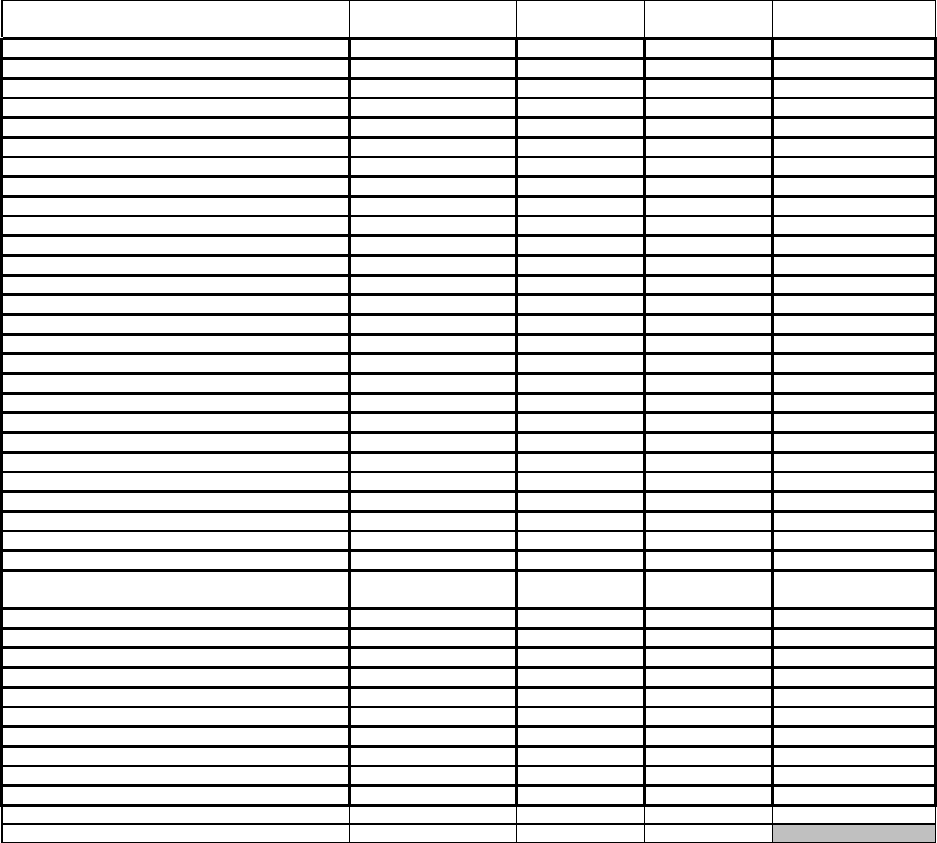
Common Data Set 2015-2016
J1 Degrees conferred between July 1, 2014 and June 30, 2015
J1
J1
Category Diploma/Certificates Associate Bachelor’s
CIP 2010 Categories
to Include
J1
Agriculture 1
J1
Natural resources and conservation 2.02% 3
J1
Architecture 4
J1
Area, ethnic, and gender studies 0.07% 5
J1
Communication/journalism 10.50% 9
J1
Communication technologies 10
J1
Computer and information sciences 0.07% 11
J1
Personal and culinary services 12
J1
Education 100% 13.14% 13
J1
Engineering 14
J1
Engineering technologies 15
J1
Foreign languages, literatures, and linguistics 0.76% 16
J1
Family and consumer sciences 9.81% 19
J1
Law/legal studies 22
J1
English 2.57% 23
J1
Liberal arts/general studies 24
J1
Library science 25
J1
Biological/life sciences 9.32% 26
J1
Mathematics and statistics 1.32% 27
J1
Military science and military technologies 28 & 29
J1
Interdisciplinary studies 0.28% 30
J1
Parks and recreation 31
J1
Philosophy and religious studies 0.56% 38
J1
Theology and religious vocations 39
J1
Physical sciences 3.06% 40
J1
Science technologies 41
J1
Psychology 9.18% 42
J1
Homeland Security, law enforcement, firefighting, and
protective services
6.4 43
J1
Public administration and social services 44
J1
Social sciences 6.75% 45
J1
Construction trades 46
J1
Mechanic and repair technologies 47
J1
Precision production 48
J1
Transportation and materials moving 49
J1
Visual and performing arts 10.36% 50
J1
Health professions and related programs 2.85% 51
J1
Business/marketing 9.60% 52
J1
History 0.76% 54
J1
Other
J1
TOTAL (should = 100%) 100.00% 0.00% 100.00%
J. DEGREES CONFERRED
For each of the following discipline areas, provide the percentage of diplomas/certificates, associate, and bachelor’s degrees awarded. To
determine the percentage, use majors, not headcount (e.g., students with one degree but a double major will be represented twice).
Calculate the percentage from your institution’s IPEDS Completions by using the sum of 1st and 2nd majors for each CIP code as the
numerator and the sum of the Grand Total by 1st Majors and the Grand Total by 2nd major as the denominator. If you prefer, you can
compute the percentages using 1st majors only.
CDS-J Page 18
